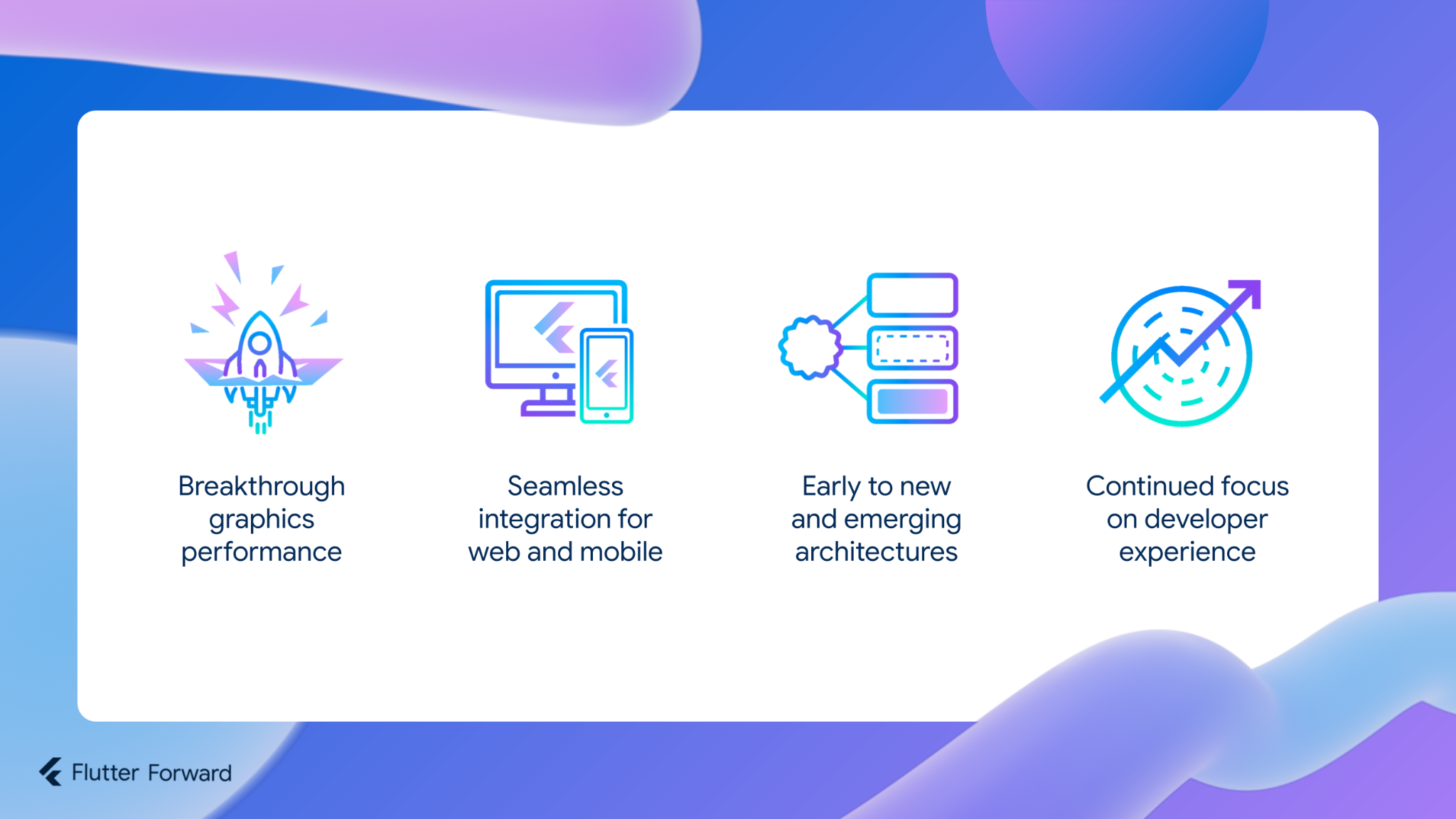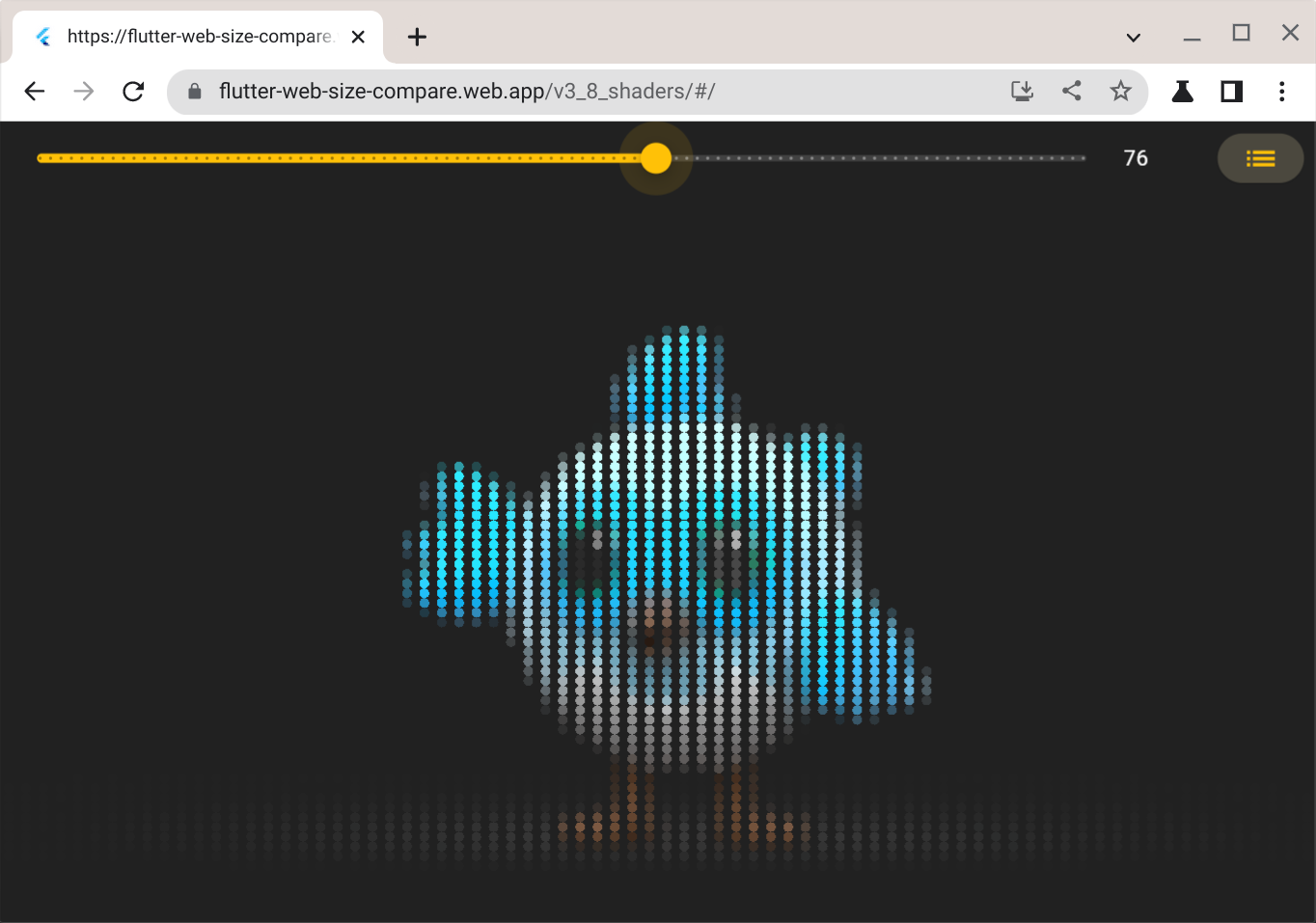Google created Flutter a number of years ago, with the aim to make a cross-platform software framework. Flutter's biggest strength is that it can be used to build applications for Android, iOS, Linux, Windows, macOS, and even the web, all from the same shared codebase. Now, at the "Flutter Forward" event in Nairobi, Kenya, the company took some time to outline some features coming in the future, all while sharing a number of key milestones, too.
First and foremost, Google shared more information on Impeller, Flutter's next-generation rendering engine. It takes advantage of both Metal and Vulkan, the modern low-level APIs in iOS and Android. In the video clip below, the left-hand side shows the traditional Flutter rendering engine. On the right shows Impeller.
Not only that, but there is newly introduced support for custom shaders that are hardware-accelerated, running in iOS, Android, and browsers. Finally, 3D models are now supported, with a demo during the keynote demonstrating how a model can be imported after being created in Blender.
Flutter will now also allow for content to be embedded using any standard web <div> tag. It's part of a seamless integration for web and mobile investment. The feature is called element embedding, where Flutter will then become a web component. There will also be interoperability between Dart and JavaScript code, thanks to a new package dubbed js. Dart 3 is being formally unveiled too.
If none of that excites you, maybe the fact that Google is beginning to support new and emerging architectures, such as RISC-V, will. The company unveiled Android support for the ISA earlier this month, and it seems to be full-steam ahead with Flutter now getting the RISC-V treatment. It technically launched with Flutter 3 last year, though was tagged as "experimental".
Finally, we also get a rare glimpse at some key insights into how Flutter is performing on the Google Play Store currently. There are now over five million Flutter developers, with over 700,000 apps on the Google Play Store making use of Flutter. Google claims that it's one of the top three open-source projects based on contributors.
Flutter is an interesting cross-platform software development framework, and with further improvements and changes to come, it may well be the case that we see more popular applications begin to make use of it. Apps such as Google Ads, eBay Motors, and Philips Hue make use of it, and we only expect that support to grow in the future.


